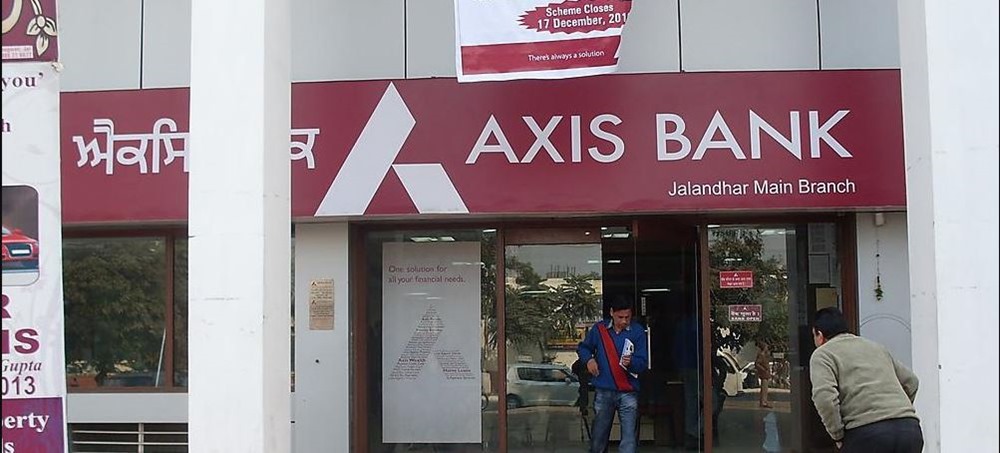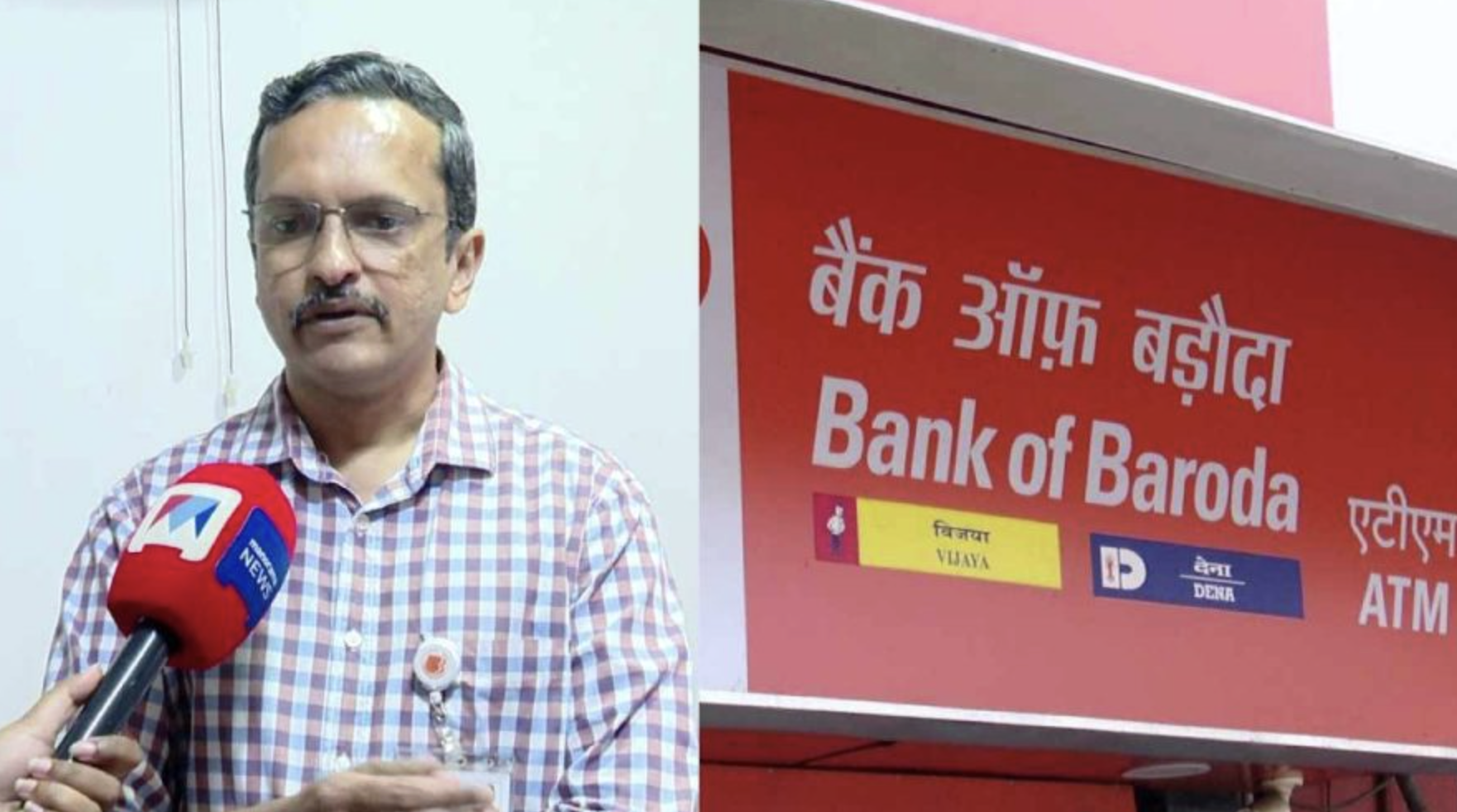Delhi is currently facing a severe water crisis, as reported by the Central Ground Water Board (CGWB). The latest report reveals a significant decline in both the annual recharge and available groundwater for extraction in the city. In 2023, the net annual groundwater recharge was measured at 0.38 billion cubic meters (bcm), with only 0.34 bcm available for extraction. Shockingly, nearly all accessible groundwater, totaling 99.1%, has already been extracted.

Rising Groundwater Extraction
The situation has worsened compared to 2022 when the recharge was 0.41 bcm, with 0.37 bcm available and 0.36 bcm utilized. Despite the reduced groundwater recharge, extraction has increased from 98.16% in 2022 to 99.13% in 2023. This disparity highlights the ongoing challenges in sustaining groundwater levels across the city.
Improvement in ‘Safe’ Zones Amidst Expanding Critical Areas
While the report identifies some positive developments, such as an increase in urban areas classified as ‘safe’ in terms of groundwater levels (up to 15% from 12% in 2022), the number of ‘critical’ zones has also expanded significantly. In 2023, 35% of Delhi’s assessment units were categorized as ‘critical’, up from 21% in the previous year.
Detailed Assessment Across Tehsils
Delhi’s groundwater situation is assessed across 34 tehsils, revealing varying degrees of stress. As of 2023:
- 13 tehsils (38%) are classified as ‘over-exploited’.
- 12 tehsils (35%) as ‘critical’.
- Four tehsils (12%) as ‘semi-critical’.
- Five tehsils (15%) as ‘safe’.
There have been some improvements since 2022, including an increase in ‘safe’ tehsils from four to five, a decrease in ‘semi-critical’ areas from eight to four, and a reduction in ‘over-exploited’ tehsils from 15 to 13. However, the number of ‘critical’ areas has risen from seven to 12.
CGWB’s Proposed Measures
To combat this alarming trend, the CGWB has proposed several urgent measures:
- Mandatory Rainwater Harvesting: Implementing rainwater harvesting in water-stressed areas to enhance groundwater recharge.
- Use of Treated Water: Increasing the use of treated water for non-potable purposes.
- Awareness Campaigns: Launching widespread awareness campaigns to educate the public on water conservation.
- Educational Initiatives: Targeting students with educational programs and providing training for water sector personnel.
Conclusion
Delhi’s water crisis demands immediate and sustained efforts to manage and conserve groundwater resources. The CGWB’s recommendations provide a roadmap for mitigating the crisis, but successful implementation will require coordinated action from government agencies, communities, and individuals.













